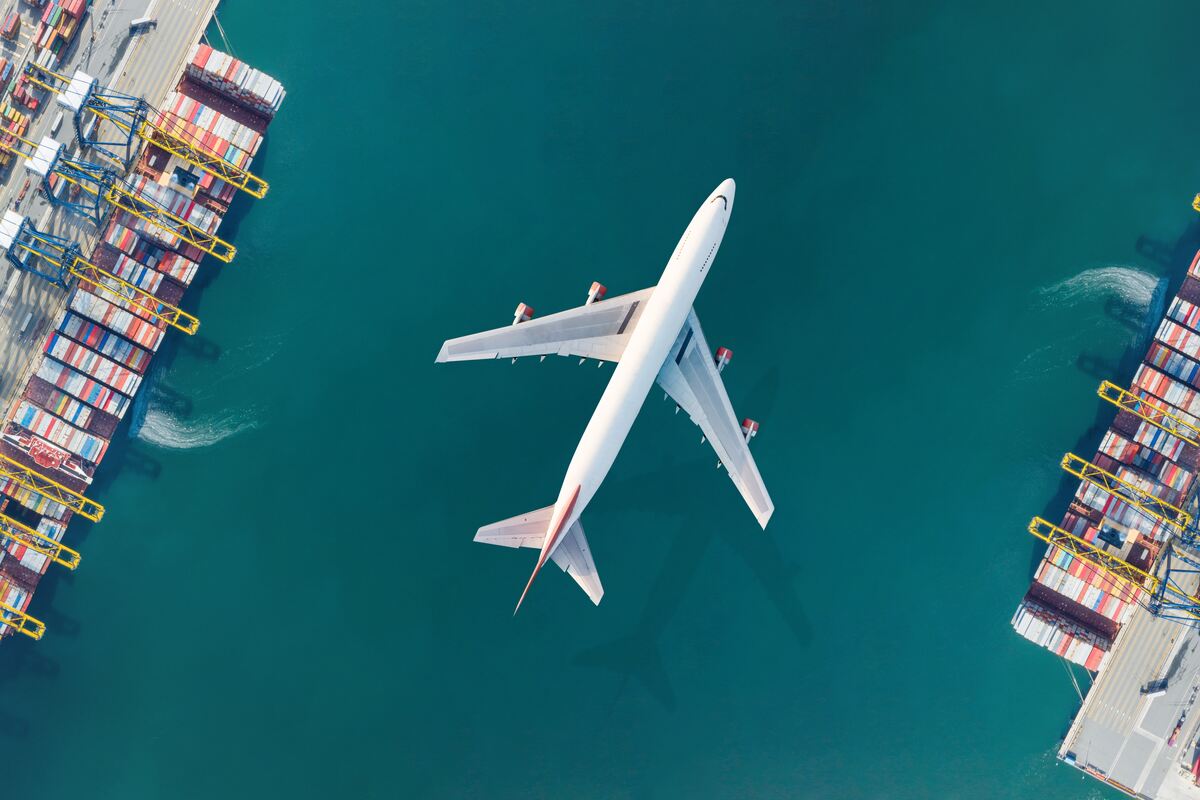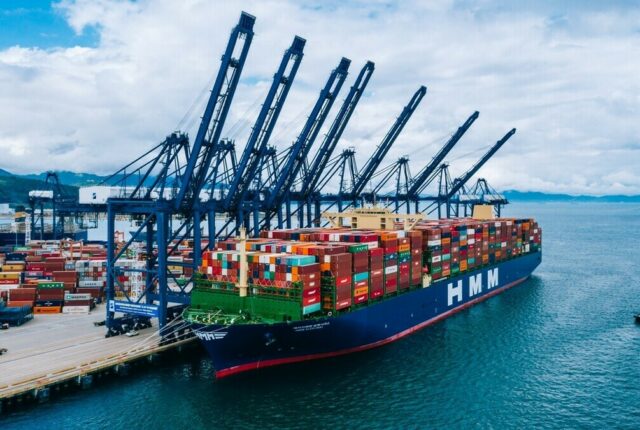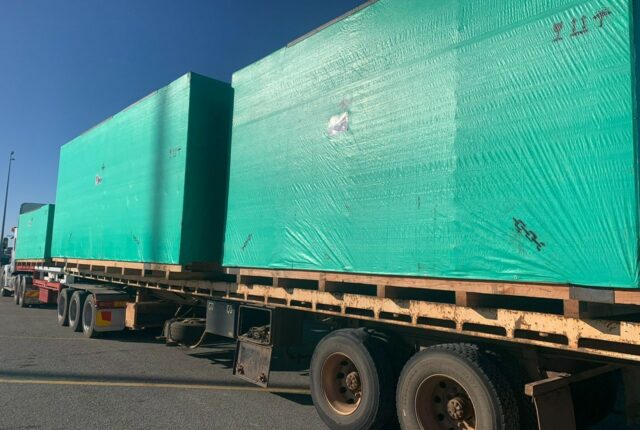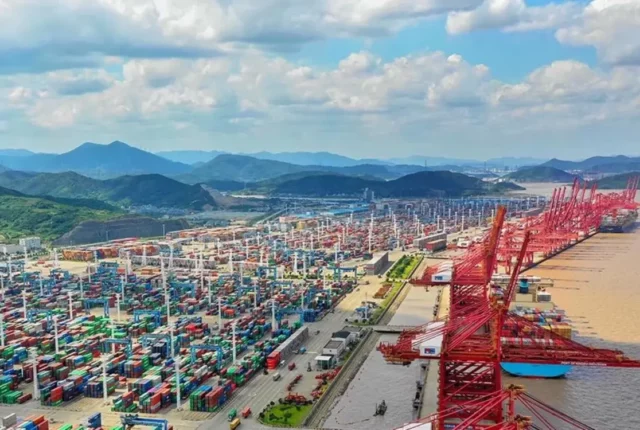
From Crisis to Opportunity: Air Freight’s Role Amidst Ocean Shipping Disruptions
The Red Sea Shipping Crisis – What Went Wrong?
2025 hasn’t been kind to ocean shipping—and that’s putting it lightly. With major disruptions in maritime routes, particularly in the Red Sea, global trade is facing its biggest logistical mess since the COVID-19 pandemic. But every crisis creates a new playing field. Enter air freight.
The Red Sea Bottleneck and Its Ripple Effects
The Red Sea has turned into a danger zone thanks to a series of Houthi-led attacks on commercial vessels. This critical corridor, responsible for up to 15% of global container traffic, saw a jaw-dropping 90% drop in transit volumes between December 2023 and February 2024. To keep goods moving, shipping lines rerouted around the Cape of Good Hope—adding 10 to 14 days to transit times and driving up costs.
Tariffs and Trade Wars Fueling the Fire
Simultaneously, tensions between the U.S. and China hit boiling point. In early 2025, the U.S. slapped a 145% tariff on select Chinese goods. China retaliated with a 125% tariff on U.S. products. This trade war has thrown supply chains into chaos, especially for high-value and high-tech goods, leaving companies scrambling for faster, tariff-dodging alternatives.
Why Air Freight is Stepping Into the Spotlight
When you can’t wait weeks for your shipment to float across the globe, the skies start to look pretty appealing.
When Speed Becomes the New Strategy
Air freight is no longer just for luxury or urgent items—it’s becoming a lifeline. With delayed ships and volatile sea lanes, businesses are shifting to the skies to keep shelves stocked and production lines running.
Rising Demand for Time-Sensitive Deliveries
From electronics to pharmaceuticals, air freight is the new express lane for critical goods. Many companies rushed to move cargo by air in March 2025 ahead of tariff implementation deadlines, causing a spike in demand particularly for China-origin shipments.
The Numbers Don’t Lie: Air Cargo Rates and Trends
Let’s talk stats—and they’re wild.
Air Freight Rate Surge in Q1 2025
In March alone, global spot rates jumped 37% to $4.14/kg—the highest level seen all year. This spike wasn’t a fluke. With ships stuck or delayed, companies are paying a premium to get goods in the air and on time.
Projected Capacity and Demand Gaps
Here’s the rub: capacity isn’t growing fast enough. While air freight capacity is expected to rise 4–5% this year, demand may grow up to 10% depending on the route. That gap? It’s what’s keeping prices sky-high and space limited.
Strategic Shifts: How Businesses Are Adapting
Necessity breeds innovation—and adaptation.
Diversifying Sourcing and Routing
Businesses are moving away from reliance on a single region. That “Made in China” stamp? It’s starting to share space with “Made in Mexico” and “Assembled in Vietnam.” This shift is reshaping air cargo lanes globally.
Sectors Leading the Air Freight Surge
Industries like consumer electronics, data infrastructure, pharma, and even auto parts are leading the pack. Their goods can’t afford delays, and air freight gives them control—even if it costs more.
Challenges in the Sky: It’s Not All Smooth Flying
While air freight offers speed, it comes with turbulence.
Regulatory Pressures and Documentation
Governments are tightening customs processes. New rules around dual-use items, clearer documentation, and higher scrutiny on hazardous goods are making compliance trickier than ever.
Environmental and Sustainability Hurdles
Let’s not forget: air freight has a hefty carbon footprint. In a world demanding greener supply chains, this mode faces increasing pressure to innovate on emissions or risk regulatory backlash.
Looking Ahead: What the Rest of 2025 Might Hold
If trends continue, we’re looking at a year where air freight remains a strategic pillar for global trade. Expect rate volatility, innovation in green aviation, and continued shifts in sourcing as companies try to future-proof their supply chains.
Conclusion
Ocean disruptions may have sparked a logistics crisis, but they’ve also created space for air freight to soar. 2025 has shown us that agility and speed are now core to survival in global trade. As companies pivot from panic to planning, the skies are no longer the limit—they’re the strategy.
FAQs
What is causing ocean shipping disruptions in 2025?
Geopolitical instability in the Red Sea and increased rerouting due to safety concerns, combined with U.S.–China tariff conflicts, are the main culprits.
Why are air freight rates rising so quickly?
Surging demand, limited capacity growth, and time-sensitive cargo are pushing rates upward, especially on trans-Pacific and Asia-Europe lanes.
Which industries benefit most from using air freight right now?
Tech, pharmaceuticals, automotive parts, and e-commerce are the main industries turning to air freight for speed and reliability.






